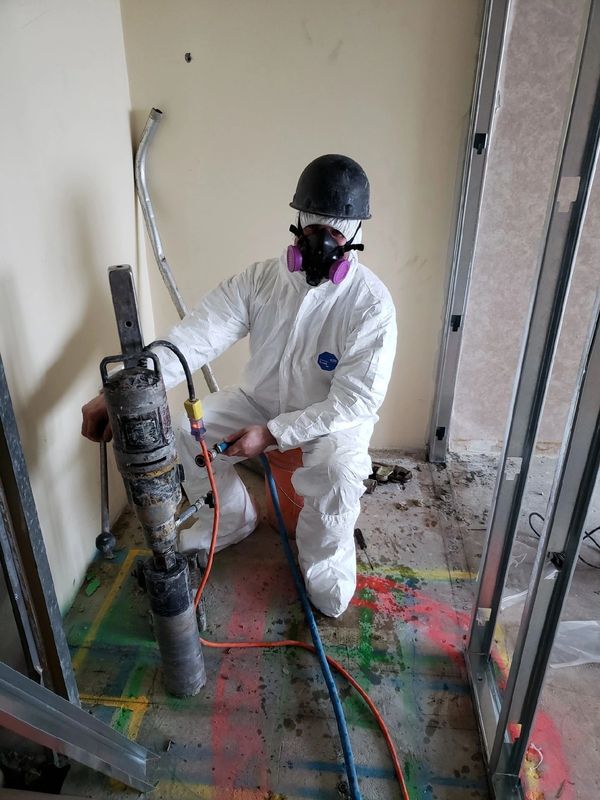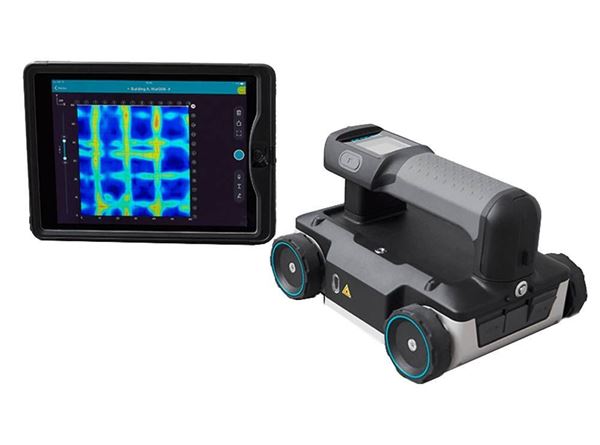Comprehensive Guide to Concrete Scanning Technologies
Comprehensive Guide to Concrete Scanning Technologies
Blog Article
Beyond the Surface Area: Leveraging Advanced Concrete Scanning Techniques for Unmatched Precision and Understanding
Advanced concrete scanning methods have actually emerged as crucial tools in this quest, offering a glance underneath the surface area to reveal a globe of important insights. By taking advantage of sophisticated technologies, specialists can uncover abnormalities, analyze the condition of concrete frameworks, and make informed choices that shape the program of tasks.
Significance of Advanced Concrete Scanning
The relevance of using innovative concrete scanning methods lies in the unrivaled precision they use for discovering sub-surface abnormalities and guaranteeing architectural integrity. By utilizing innovative technologies such as ground-penetrating radar (GPR), electromagnetic induction, and progressed finder imaging, building and construction specialists can dive underneath the surface of concrete structures with a degree of precision that much goes beyond typical evaluation techniques. Concrete Scanning. These strategies enable the recognition of hidden risks like rebar corrosion, voids, conduits, or post-tension cords that can compromise the security and safety and security of a framework gradually
Additionally, progressed concrete scanning provides indispensable insights into the total problem of a concrete aspect without the requirement for intrusive steps, reducing the risk of creating damages during the assessment procedure. The ability to identify the exact location and deepness of prospective issues permits for targeted repairs and upkeep, eventually prolonging the life-span of the framework and enhancing its performance. Essentially, the value of advanced concrete scanning can not be overemphasized in the realm of building and facilities upkeep, where accuracy and reliability are extremely important.
Kinds of Cutting-Edge Technologies

Anomalies and Problem Detection

In addition to GPR, concrete scanning methods like thermography and impact-echo testing are also effective in finding flaws and anomalies. By leveraging these sophisticated techniques, professionals can proactively deal with structural problems, guaranteeing the longevity and security of concrete frameworks.
Assessing Concrete Condition
Just how can designers accurately evaluate the problem of concrete frameworks to guarantee their long life and safety and security? Different advanced concrete scanning techniques are used for this purpose. Ground-penetrating radar (GPR) is frequently made use of to evaluate the interior framework of concrete, discovering gaps, cracks, and other abnormalities that may endanger its strength.
Moreover, visual examination continues to be a basic component of concrete condition analysis. Engineers visually take a look at the surface area for indications of damage, such as spalling, splitting, or staining. Integrating non-destructive testing approaches with aesthetic assessments permits for a detailed evaluation of concrete problem, allowing engineers to identify prospective issues early and apply timely maintenance or repair work. By leveraging these advanced methods, designers can ensure the long-lasting toughness and security of concrete structures.
Enhancing Decision-Making Procedures
In the realm of framework management, maximizing decision-making processes is essential for making certain the efficient upkeep and durability of concrete frameworks. Enhanced decision-making processes in concrete monitoring entail making use of advanced scanning techniques to gather helpful hints comprehensive data on the problem of frameworks. By leveraging innovations such as ground-penetrating radar and 3D imaging, stakeholders can make informed choices concerning repair service, reinforcement, or replacement methods.
These advanced scanning methods offer invaluable understandings right into the internal make-up of concrete, identifying possible concerns such as gaps, fractures, or deterioration that may not show up on the surface area. This degree of thorough info enables proactive upkeep planning, minimizing the danger of structural failures and enhancing the overall lifespan of concrete informative post frameworks.
Additionally, by integrating electronic documentation and evaluation tools right into the decision-making procedure, stakeholders can track the advancement of concrete conditions in time, enabling predictive maintenance strategies and optimizing source allotment. Inevitably, the combination of innovative concrete scanning strategies enhances decision-making procedures by offering unparalleled precision, understanding, and effectiveness in facilities monitoring.
Conclusion
Finally, advanced concrete scanning techniques offer exceptional accuracy and understanding in discovering abnormalities, problems, and analyzing the problem of concrete structures. By leveraging cutting-edge technologies, decision-making processes can be improved, resulting in even more enlightened and effective options for keeping and repairing concrete framework. These techniques play a vital duty in making certain the safety and security and longevity of concrete frameworks, making them an important device in the field of building and design.
Additionally, progressed concrete scanning gives very useful insights into the overall problem of a concrete aspect without the requirement for invasive steps, minimizing the risk of creating damages during the evaluation procedure - Concrete Scanning. Another ingenious innovation is 3D X-ray scanning, which gives detailed photos of the inner structure of concrete, using important info without the requirement for damaging testing. In Addition, Concrete Cover Meters are used to measure the density of concrete cover over reinforcement bars accurately. Enhanced decision-making procedures in concrete management entail making use of sophisticated scanning techniques to gather thorough data on the problem of frameworks.In conclusion, advanced concrete scanning strategies supply unequaled accuracy and insight in detecting abnormalities, problems, and assessing the condition of concrete structures
Report this page